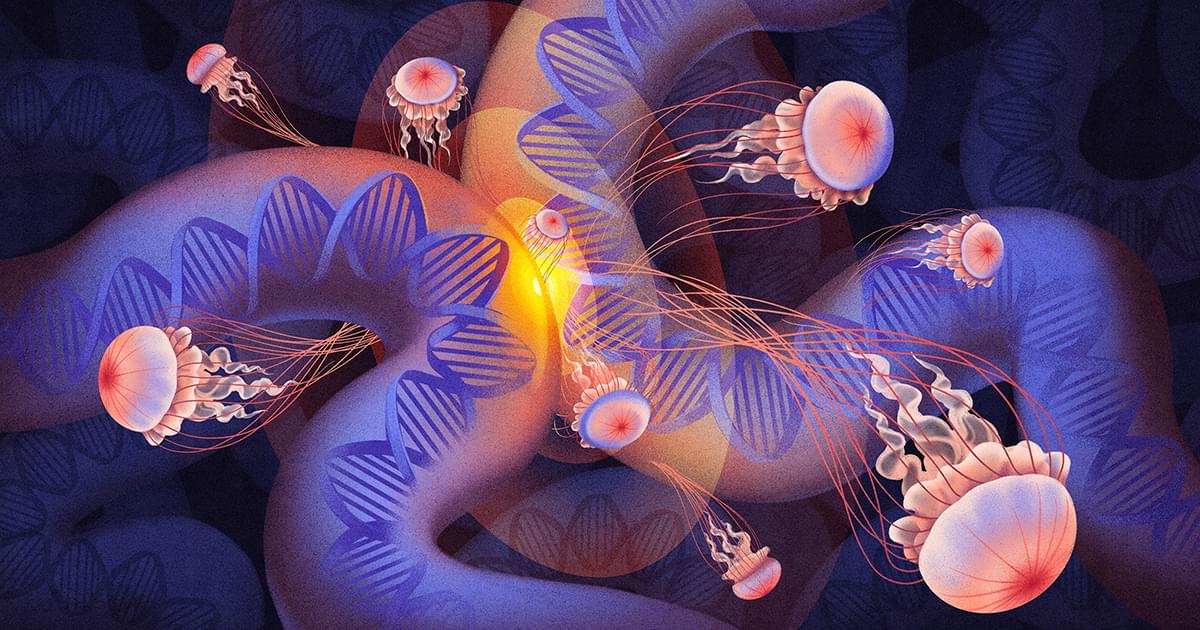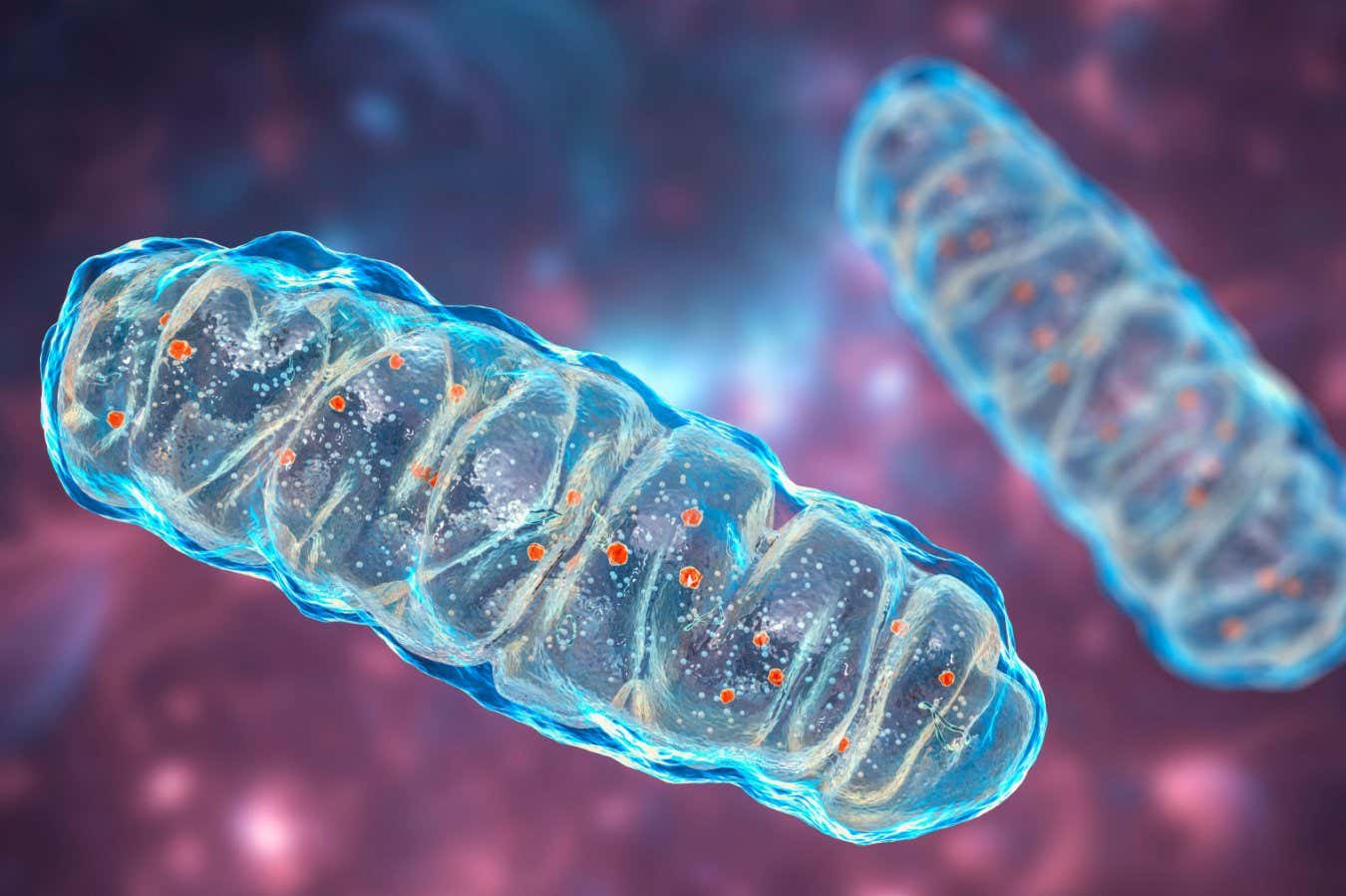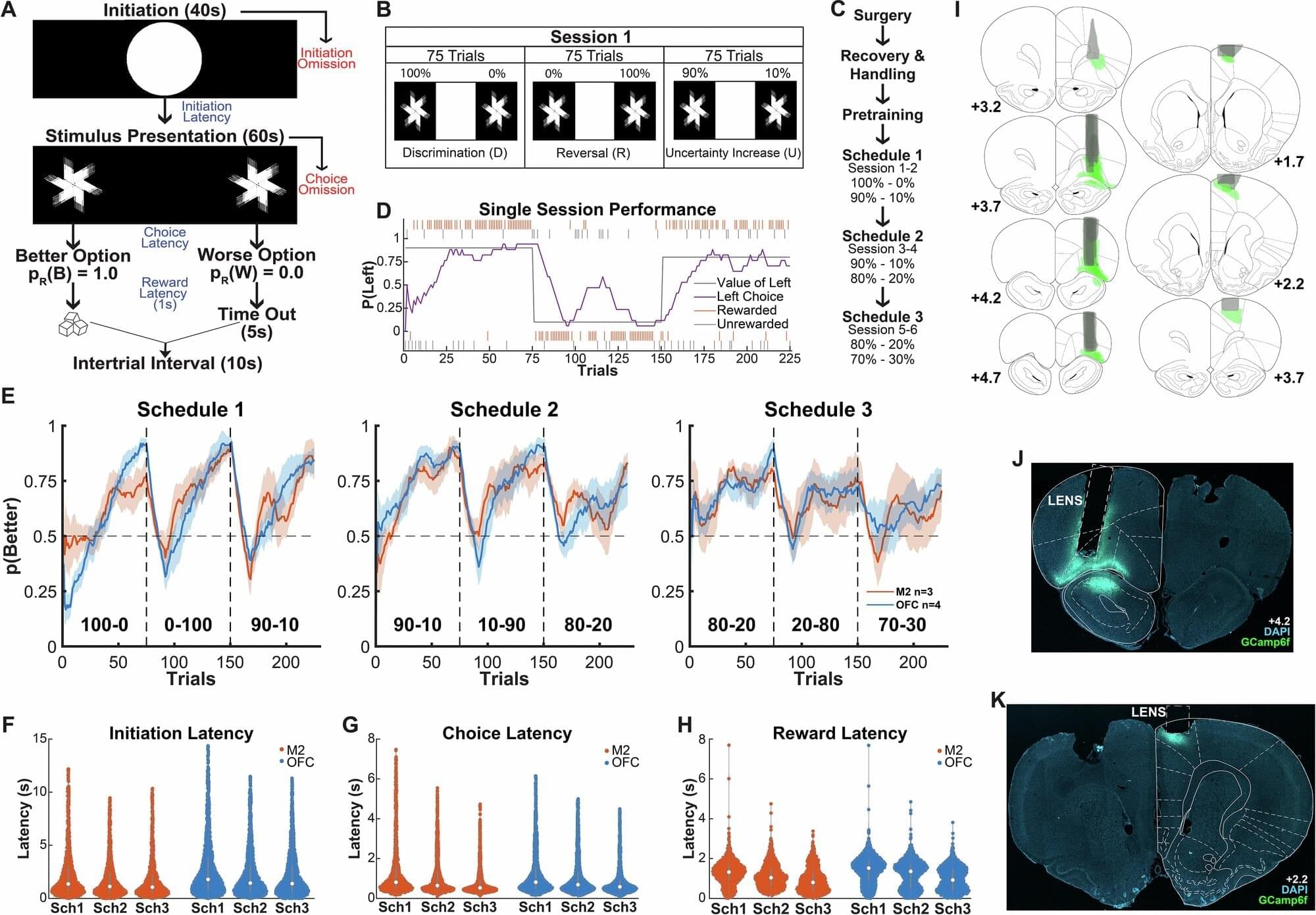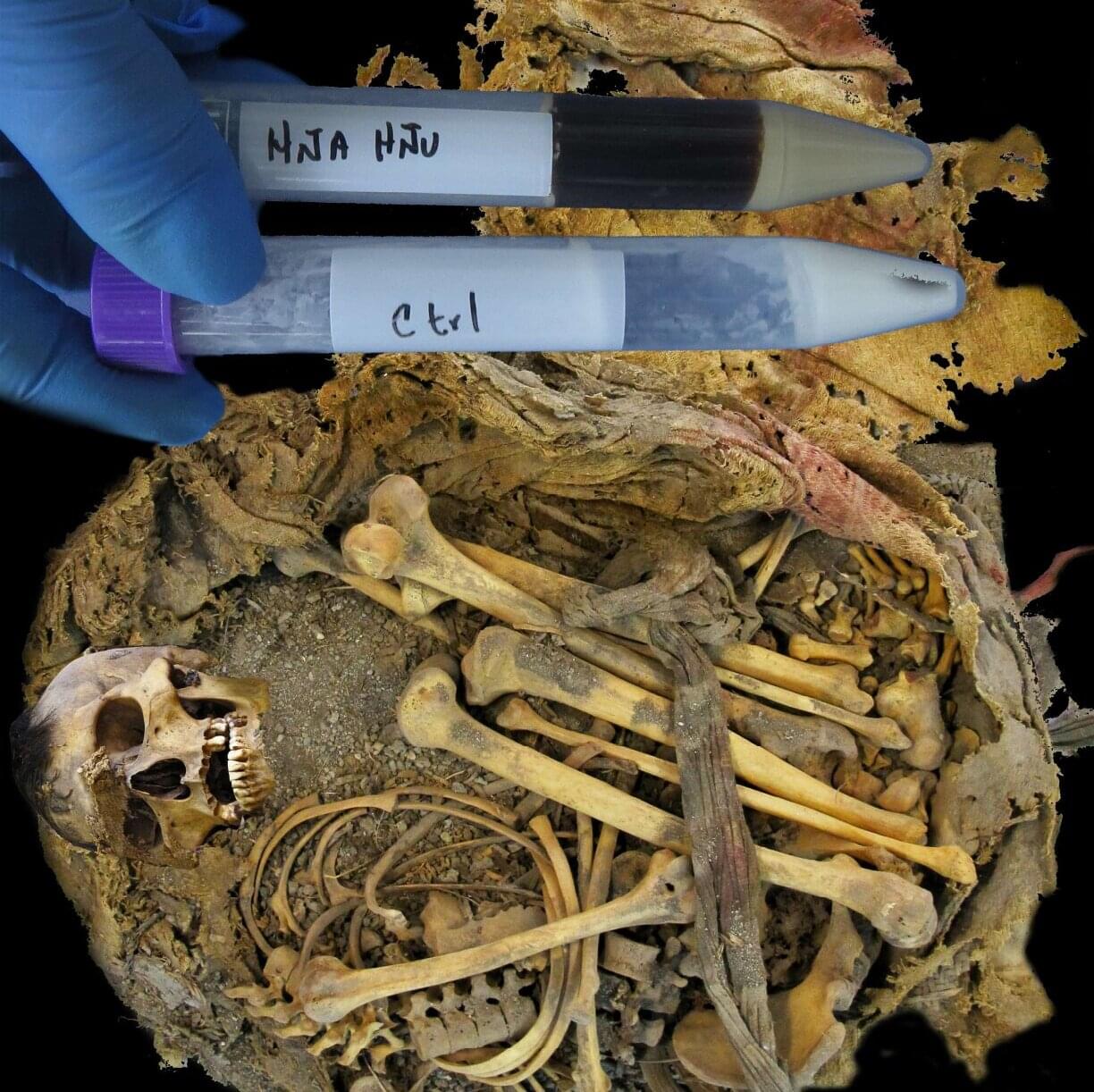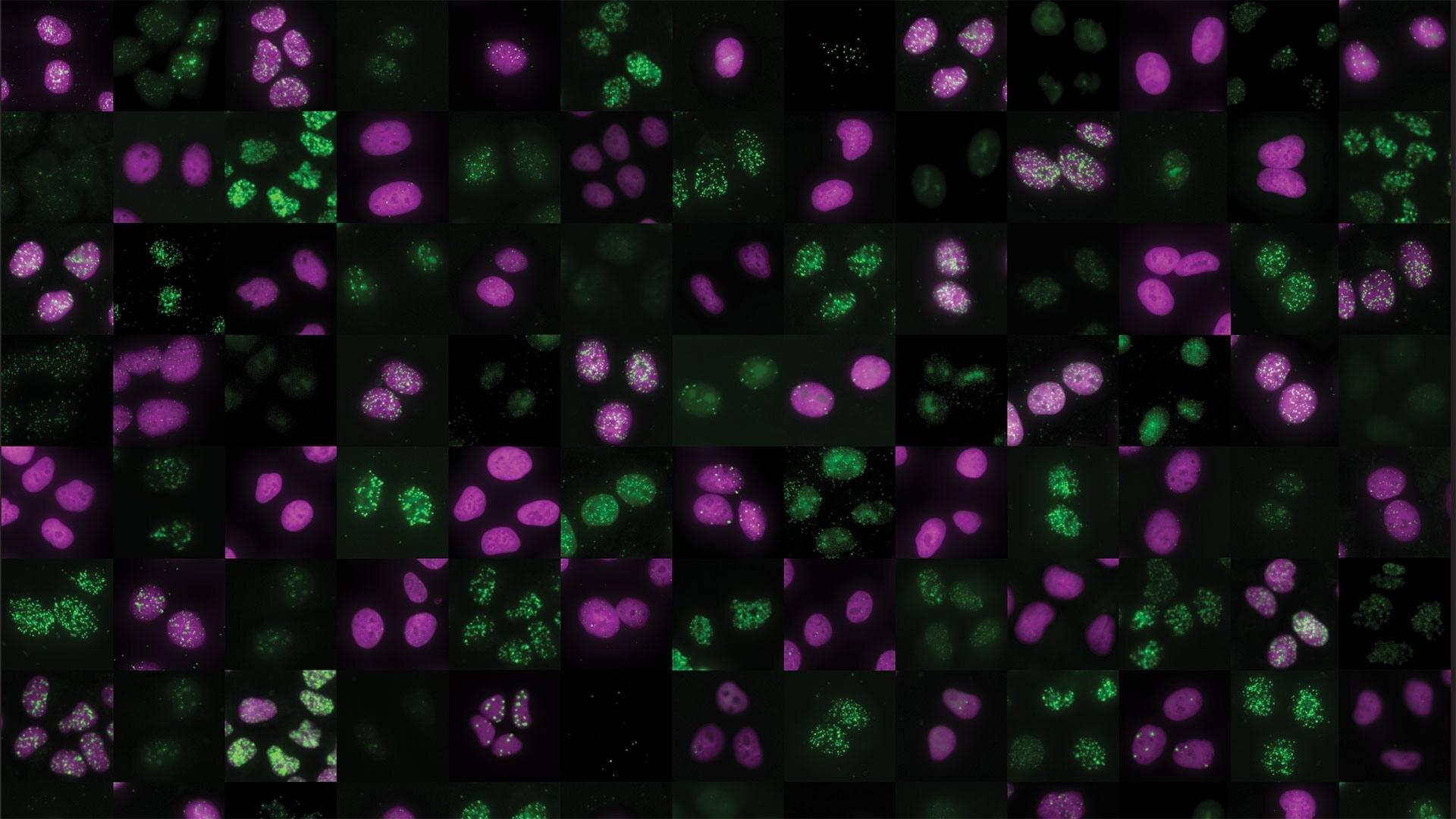Since Madeline Lancaster first created brain organoids back in 2013, they have become widely used for brain research around the world. But what exactly are they? Are they effectively miniature brains in dishes? Could implanting them in animals create super-smart mice? How close are we to crossing ethical lines? Michael Le Page visited Lancaster at her lab at the MRC Laboratory of Molecular Biology in Cambridge, UK, to find out.
Learn more ➤ https://www.newscientist.com/article/.… ➤ https://bit.ly/NSYTSUBS Get more from New Scientist: Official website: https://bit.ly/NSYTHP Facebook: https://bit.ly/NSYTFB Twitter: https://bit.ly/NSYTTW Instagram: https://bit.ly/NSYTINSTA LinkedIn: https://bit.ly/NSYTLIN About New Scientist: New Scientist was founded in 1956 for “all those interested in scientific discovery and its social consequences”. Today our website, videos, newsletters, app, podcast and print magazine cover the world’s most important, exciting and entertaining science news as well as asking the big-picture questions about life, the universe, and what it means to be human. New Scientist https://www.newscientist.com/ 00:00 Introduction 00:54 Making the first brain organoid 01:52 What are brain organoids? 03:12 What makes our brains unique? 04:08 Modelling disease 07:01 Transplanting organoids into animals 10:41 Could we make full-sized brains? 13:19 Are brain organoids conscious? 15:21 Ethical guidelines.
Subscribe ➤ https://bit.ly/NSYTSUBS
Get more from New Scientist:
Official website: https://bit.ly/NSYTHP
Facebook: https://bit.ly/NSYTFB
Twitter: https://bit.ly/NSYTTW
Instagram: https://bit.ly/NSYTINSTA
LinkedIn: https://bit.ly/NSYTLIN
About New Scientist:
New Scientist was founded in 1956 for “all those interested in scientific discovery and its social consequences”. Today our website, videos, newsletters, app, podcast and print magazine cover the world’s most important, exciting and entertaining science news as well as asking the big-picture questions about life, the universe, and what it means to be human.
New Scientist.
